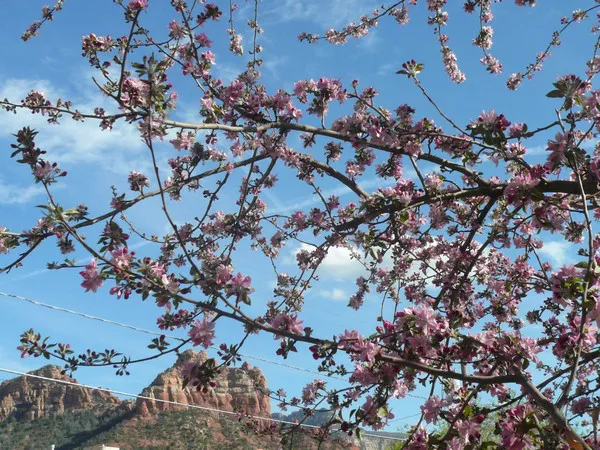As summer fades into memory, the University of New Brunswick (UNB) continues to showcase the charm of its flowerbeds and lush green spaces, providing a constant source of natural beauty on campus.
In an exclusive conversation with The Brunswickan, Brady Fredericks, a dedicated gardener at UNB, sheds light on the campus’s floral allure. While the exact number of flowerbeds gracing the university’s grounds remains uncertain, Fredericks estimates their presence at approximately 120, scattered strategically throughout the campus landscape.
Fredericks explains, “Mostly [the flowerbeds are] in front of buildings, entryways, and all the gates to campus. It all depends.” He emphasizes that the majority of these flowerbeds are strategically placed in high-visibility areas, particularly near entrances.
The variety of flora adorning UNB’s grounds is as diverse as it is captivating. As the National Day for Truth and Reconciliation approaches, Fredericks shares the current theme of the flowerbeds: “The orange is the theme here … we are planning orange marigolds, a lot of orange calla lilies.” Notably, the garden in front of the Marshall D’Avary Hall, home to the M’ikwmaq-Wolatosqey Centre, stands out with its vibrant orange blooms.
Of all the flowerbeds, Fredericks holds a particular fondness for the one in front of D’Avary Hall, describing it as aesthetically pleasing, raised, and adorned with natural trees, making it a highly engaging space.
Despite their visual appeal, Fredericks acknowledges that these flowers have a limited impact on the ecosystem. He remarks, “The effect is more for aesthetics, for people, and the environment it makes.”
However, green spaces on campus are becoming increasingly scarce, according to Fredericks. He notes, “They’re starting to run out of them … The SUB woods is a main green space left, and, like, the SUB area here.” Nevertheless, he reveals the university’s intentions to expand its green spaces, particularly with the transformation of the Beaverbrook Gym area into a slated green space.
Holly Carter, a fourth-year Environment and Natural Resources student specializing in Wildlife Conservation, shared her perspective on the significance of on-campus green spaces. Carter recognizes two vital aspects: the aesthetic and spiritual value that nature provides, contributing positively to mental health, and the ecological importance of connecting fragmented city landscapes for wildlife.
Regarding the flora on campus, Carter advocates for the inclusion of more native species, as most of the current flowers are non-native to New Brunswick. She suggests the creation of pollinator gardens to support the local pollinator community, especially in light of the predominantly grassy UNB landscape that offers limited sustenance for these essential creatures.
Carter concludes, “So at least in the garden beds, it should be using either native species, pollinator gardens, or edible vegetation,” emphasizing the potential for UNB to further integrate its green spaces with the surrounding ecosystem.
In summary, the University of New Brunswick continues to embrace the natural world on its campus, where carefully tended flowerbeds and green spaces offer not only visual delight but also opportunities to support the environment and enhance the well-being of the university community.


